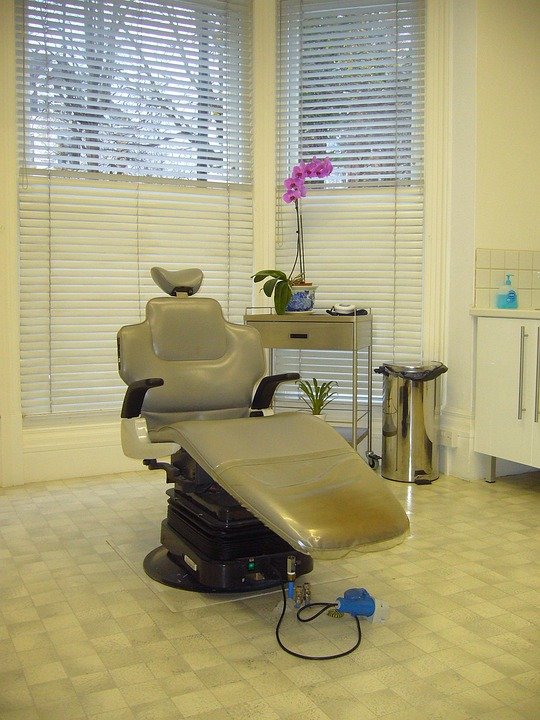How does light affect perceived tooth color
I’m trying to understand why my teeth sometimes look whiter or yellower in different photos, or even just in different rooms. Is it just my imagination, or does the lighting actually change how white my teeth appear to be? I’ve read a little bit about metamerism, but I’m not sure if that’s what’s going on here.
Specifically, I’m wondering:
- What aspects of light (e.g., color temperature, intensity, direction) have the biggest impact on how tooth color is perceived?
- Does the surface texture of the tooth (e.g., enamel smoothness, translucency) play a role in how lighting affects perceived color?
- Are there certain types of lighting (e.g., fluorescent, LED, natural sunlight) that tend to make teeth look better or worse than others?
- Is there anything I can do to control the lighting when taking photos to ensure my teeth look their best (without resorting to filters or editing)? Like, what color shirt should I wear? What angle should I take the picture from?
I’m really just trying to understand the science behind it so I can stop obsessing over whether my teeth look yellow in every single picture! Thanks for any insight!
Answer
Light plays a crucial role in how we perceive the color of teeth. Tooth color isn’t inherent; it’s the result of how light interacts with the tooth’s structure and how our eyes and brains interpret that interaction. Several optical phenomena related to light influence the appearance of tooth color:
1. Illumination Source (Spectral Composition of Light):
- Different light sources have different spectral power distributions. This means they emit varying amounts of light at different wavelengths (colors). For instance, incandescent light is "warmer" with more red and yellow wavelengths, while fluorescent light often has a "cooler" appearance with more blue and green wavelengths.
- Metamerism: Teeth can exhibit metamerism, meaning that two teeth (or a tooth and a restoration) may appear to match under one light source but not under another. This is because the materials might reflect light differently across the spectrum. What looks like a perfect match in a dental operatory with specific overhead lighting might look mismatched in natural daylight. Shade matching in dentistry is profoundly affected by metamerism.
- Color Rendering Index (CRI): The CRI of a light source indicates how accurately it renders colors compared to a standard (usually daylight). A higher CRI (closer to 100) means colors are perceived more accurately. Dental operatories ideally use lighting with a high CRI to ensure accurate shade matching.
- Light Intensity: The intensity of the light also influences perception. Brighter light can make teeth appear lighter and more vibrant, while dimmer light can make them appear darker and more muted.
2. Reflection:
- Specular Reflection: This is the mirror-like reflection of light from a smooth surface. On teeth, it creates highlights and contributes to the perceived brightness. The amount of specular reflection is affected by the smoothness and polish of the tooth surface.
- Diffuse Reflection: This occurs when light scatters in many directions from a rough surface. Most of the light reflected from teeth is diffuse. It’s responsible for the perceived hue (basic color, e.g., yellow, brown, gray) and chroma (saturation or intensity of the hue). The internal structure of the tooth, particularly the enamel and dentin, strongly influences diffuse reflection. The amount of mineral content, the presence of stains, and the thickness of the enamel layer all affect how light scatters.
3. Absorption:
- Selective Absorption: Tooth structure absorbs certain wavelengths of light more than others. The pigments and chromophores within the enamel and dentin selectively absorb specific wavelengths. For example, if a tooth absorbs more blue light, it will reflect more of the complementary colors (yellow/orange), giving it a yellowish appearance.
- Translucency: Enamel is somewhat translucent, meaning that some light passes through it. This allows light to interact with the underlying dentin, which has a different color. The dentin’s color significantly affects the overall perceived tooth color, especially in areas with thinner enamel. Age-related thinning of enamel can increase the influence of the dentin color.
4. Fluorescence and Opalescence:
- Fluorescence: Teeth contain fluorescent materials that absorb short-wavelength light (e.g., ultraviolet) and re-emit it as longer-wavelength light (e.g., blue). This adds a subtle "glow" and contributes to the vitality and brightness of teeth, especially under ultraviolet or black light. Dental materials that mimic natural tooth fluorescence are considered more esthetic.
- Opalescence: This is the phenomenon where a material appears bluish when viewed in reflected light and yellowish-orange when viewed in transmitted light. Enamel exhibits some opalescence, contributing to its natural appearance. This is due to the scattering of light by the microscopic structure of enamel.
5. Observer Metamerism
- Individual Differences: The human eye and brain’s interpretation of light are not identical across all individuals. This means that even under the same lighting conditions, different people may perceive the same tooth shade slightly differently. Factors like age, color vision deficiencies, and even fatigue can affect color perception.
6. Background and Context:
- Surrounding Colors: The colors of the surrounding tissues (e.g., gums, lips, skin) and even clothing can influence how tooth color is perceived. A contrasting background can make teeth appear brighter, while a similar background can make them appear more muted.
- Adjacent Teeth: The color of adjacent teeth also affects perception. A single tooth that is significantly different in color from its neighbors will be more noticeable.
In summary, tooth color is a complex optical phenomenon. It is influenced by the interaction of incident light with the tooth’s structure, resulting in reflection, absorption, fluorescence, and opalescence. The type of light source, its intensity, the observer’s vision, and the surrounding environment all play a significant role in how we perceive tooth color. Understanding these factors is critical in dentistry for accurate shade matching, creating esthetic restorations, and diagnosing changes in tooth structure.

Post Comment